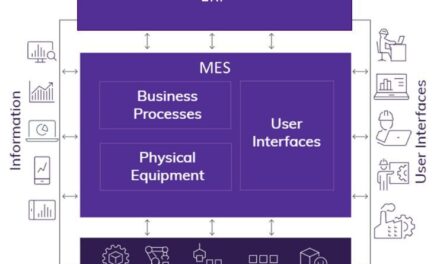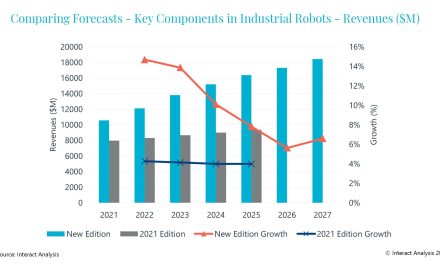Two speed motors can bring flexibility to many machines, and more engineers are coming to appreciate the technology. Lucie Hodkova of Exico, one of the few suppliers in the UK, explains why they can be the best solution for many applications

Inverters first emerged in the 1980s, were perfected in the 1990s and really came into their own after the Millennium as a way to reduce energy usage, thus helping manage global warming and climate change. An inverter lets you turn down the speed of a motor and thus reduce its energy consumption, and very significant savings can be made.
Given that about half of the world’s electricity is used to power motors, the inverter unlocks huge potential energy savings. It is perhaps not surprising that people took to inverters and, for a while, tended to forget alternative solutions for speed control. However in recent years there has been a renewal of interest in two speed motors, leading to an increase in their sales and installation.
Probably the greatest advantage of two speed motors is their simplicity and reliability. While they do not provide the infinitely variable speed control of an inverter, they can be ideal in applications that require ‘high’ and ‘low’ speed settings rather than total adjustability. They are simple to install, have a long working life, are bombproof in terms of reliability and do not require the extra space of an inverter. As well as these technical advantages, two-speed motors can be good for plant and machines in remote locations and where environmental or operational conditions such as extremes of heat, cold and humidity, vibration, water ingress and impacts could strain electronic circuitry.
Operating principles
One of the great practical advantages of two speed motors is that they look very like standard fixed speed motors, at least from the outside. This means that they generally fit into the same spaces as regular motors and are mounted in the same way. However, internally they are quite different. In fact there are two principles upon which they can work, dual winding and pole changing.

At first glance a dual-wound motor rotor looks remarkably like a conventional one, but closer inspection reveals that there are in fact two windings, each separately connected to the power. Put simply: switch on one rotor and you have the first speed; switch on both rotors and the second speed comes into play. A closer look reveals that the rotors, while in the same lamination pack, are configured to have opposite polarities. It is also notable that the two rotors don’t have to be the same size and in fact they can be significantly different. Thus the motor can be designed and built to meet the set-speed needs of the particular application for which it is destined.
A pole changing motor could also be mistaken for a single speed one, but a second look reveals it to have twice as many magnets or poles as usual. The poles are wired in two alternating sets; one set is permanently energised, the second set can be switched in and out. This arrangement is simple to build and robust in operation, but there is a limiting factor in that the high speed is always twice that of the low speed, so they can only be used in applications where this is suitable.
Unlike standard motors, both forms of two-speed motor come with one of three types of output; constant torque, variable torque, or constant power, which must be specified before installation. Constant torque is common in relatively complex machines like conveyors, extruders and hydraulic systems and provides a steady output from the machine. Variable torque is required for simpler pumps and fans (the most common use for motors), where low speed requires low torque and high speed needs more torque.
Thus when specifying a two speed motor, it is necessary to consider the duty and state the type of output required. A few years ago, two speed motors were probably seen as old fashioned and destined to die out over time. However, their simplicity and robustness are now recognised as important attributes that give them advantages in many applications, particularly in the developing world, demanding operational environments, and where an inverter is an unnecessary complication.


